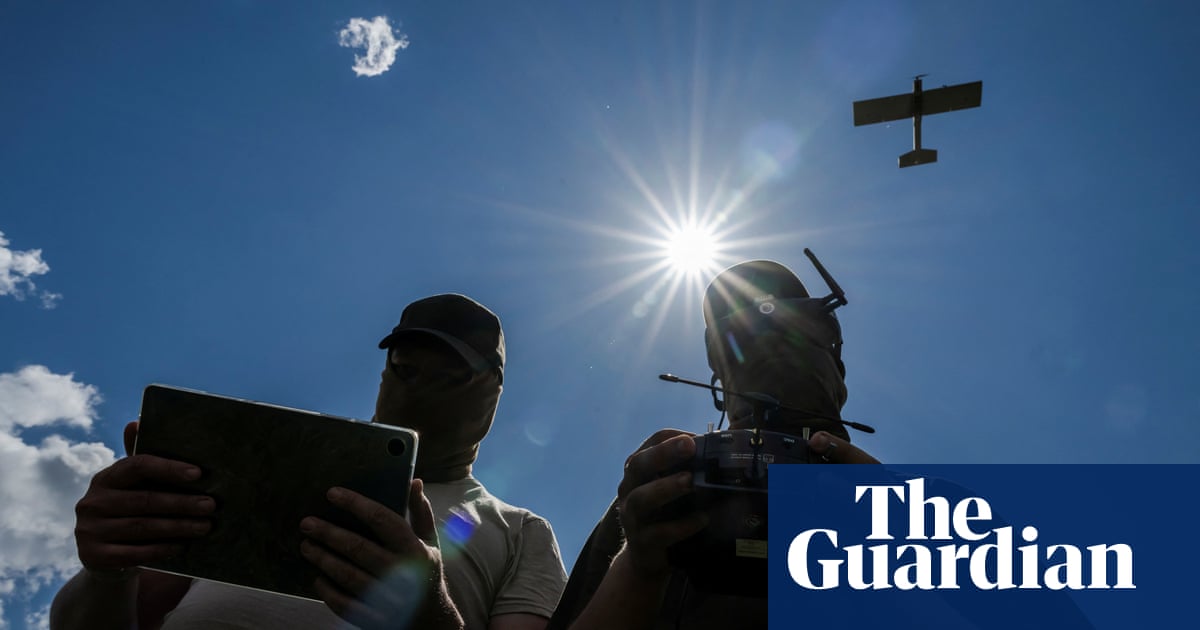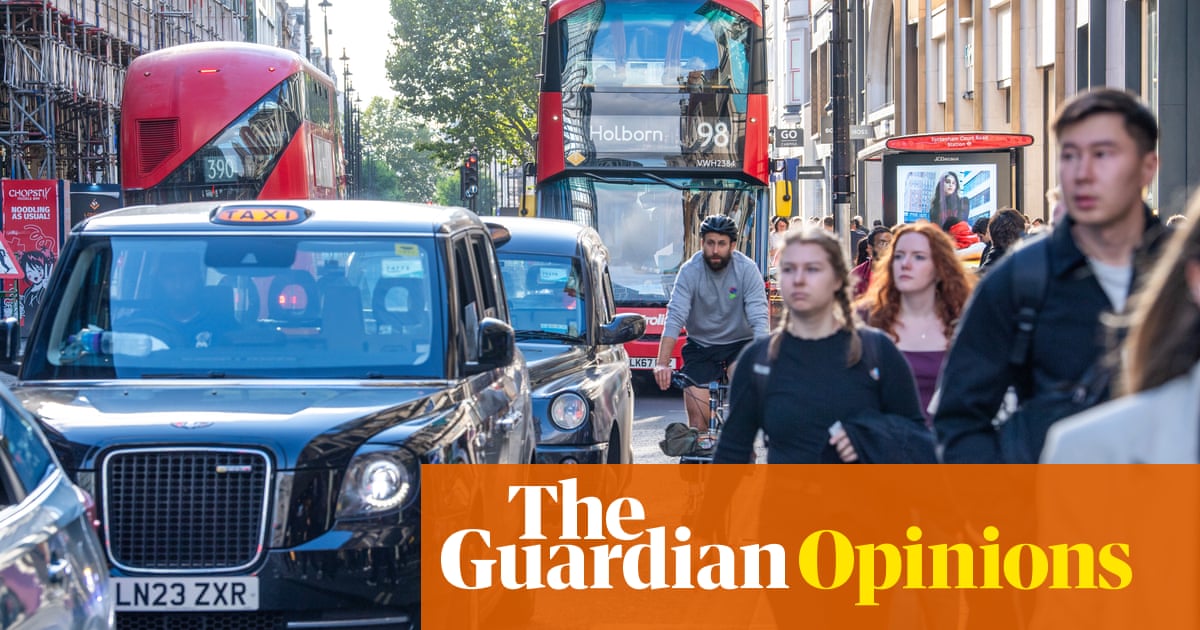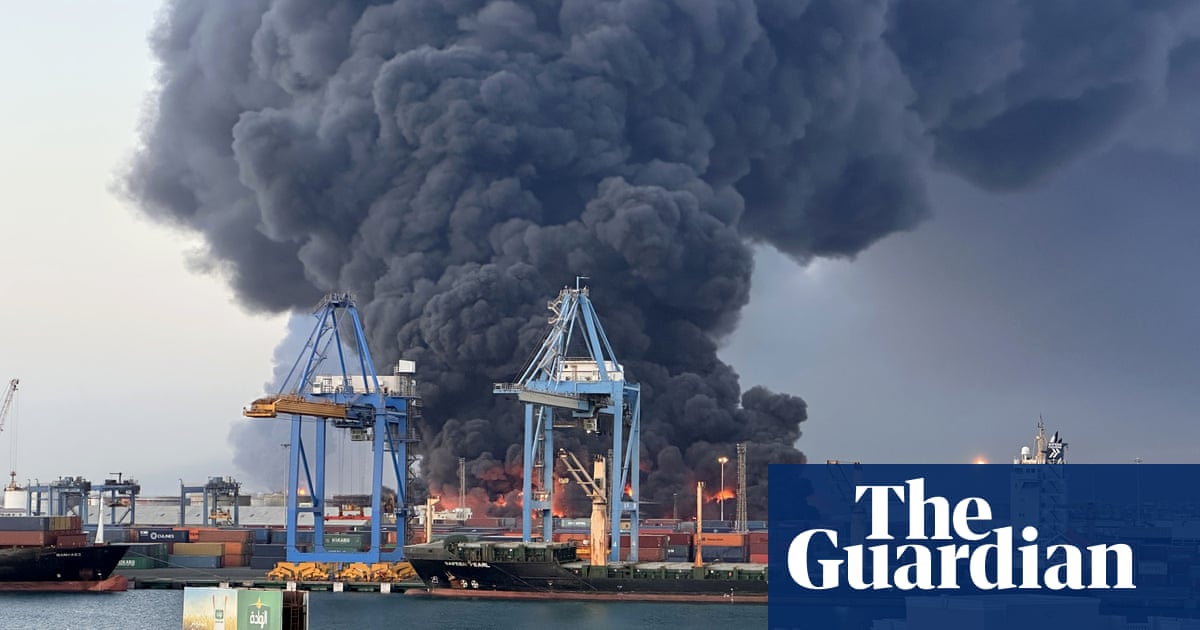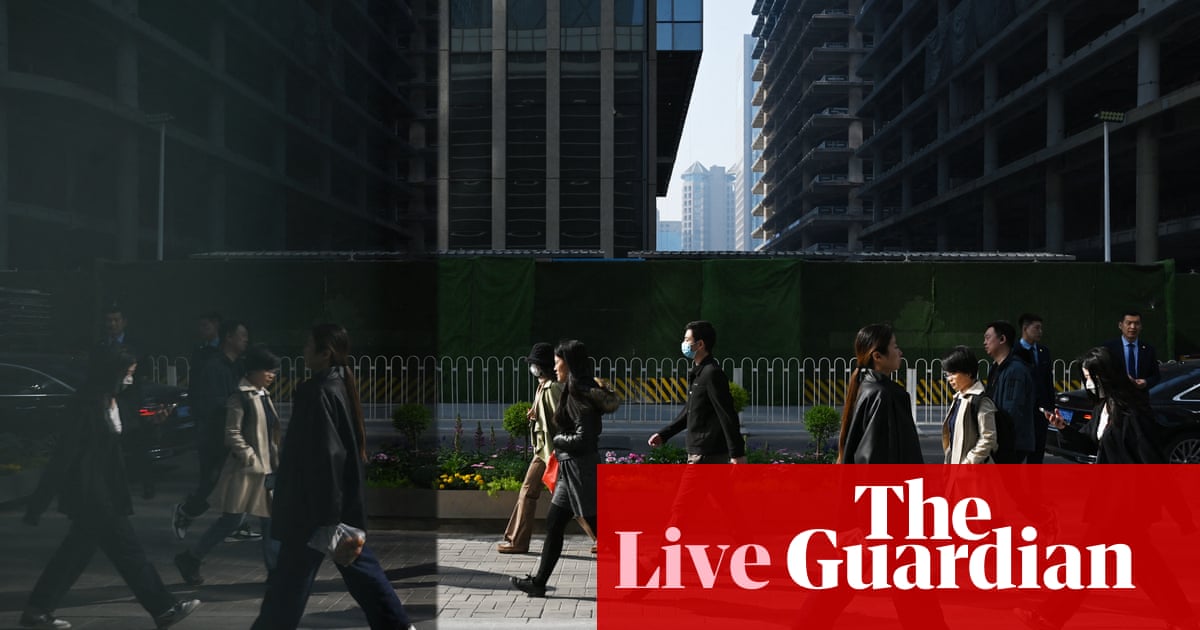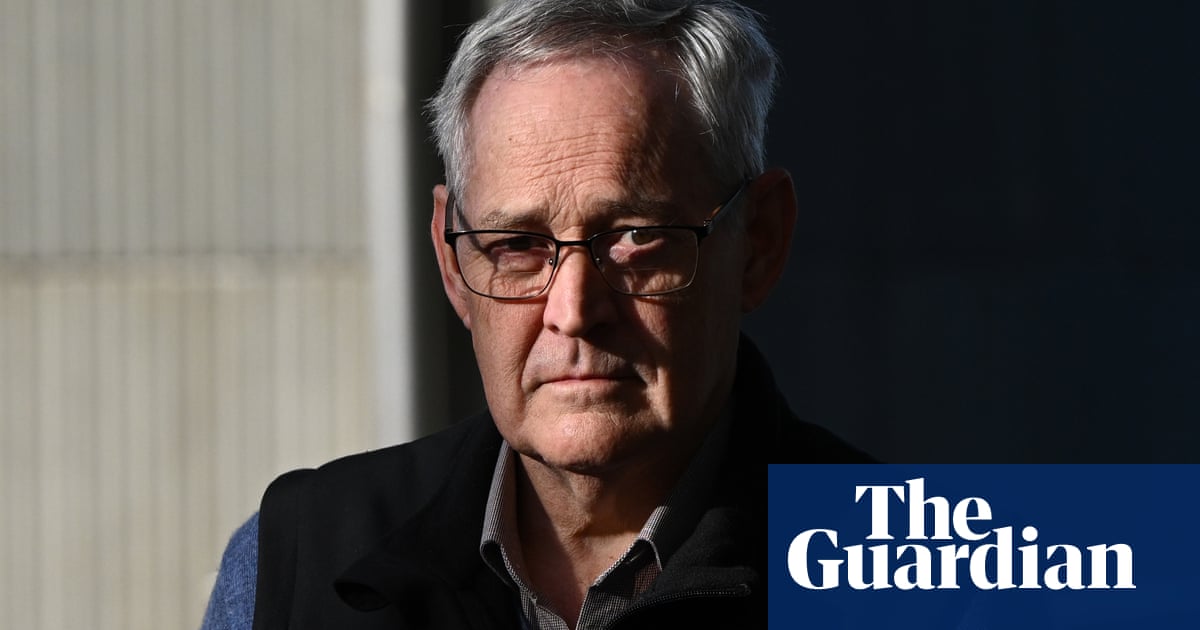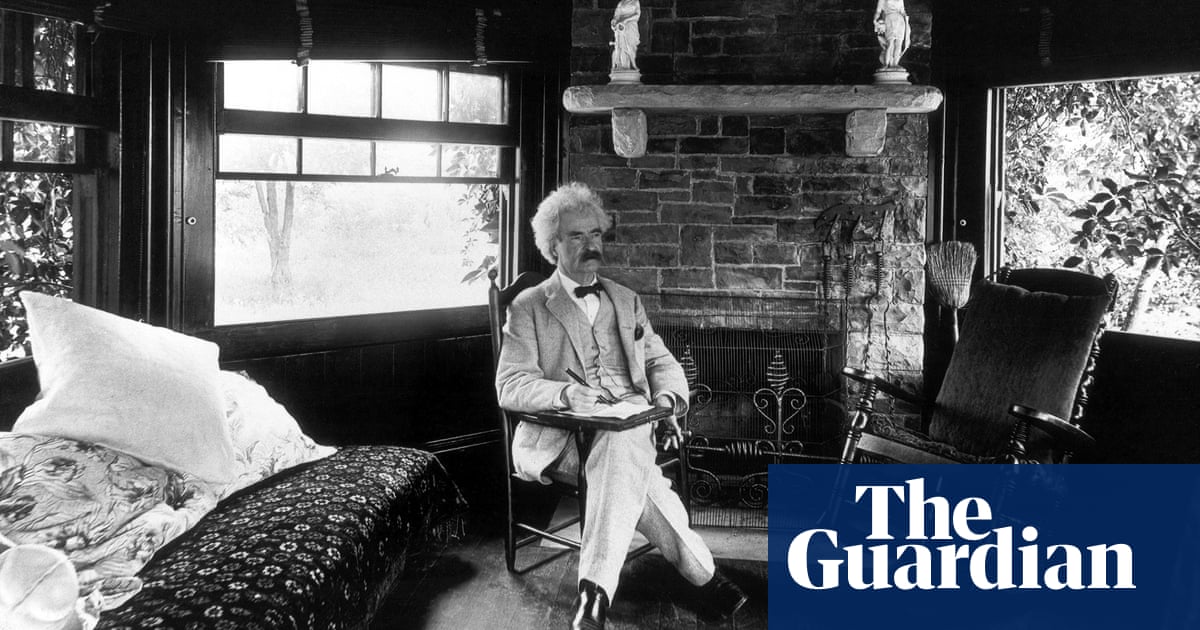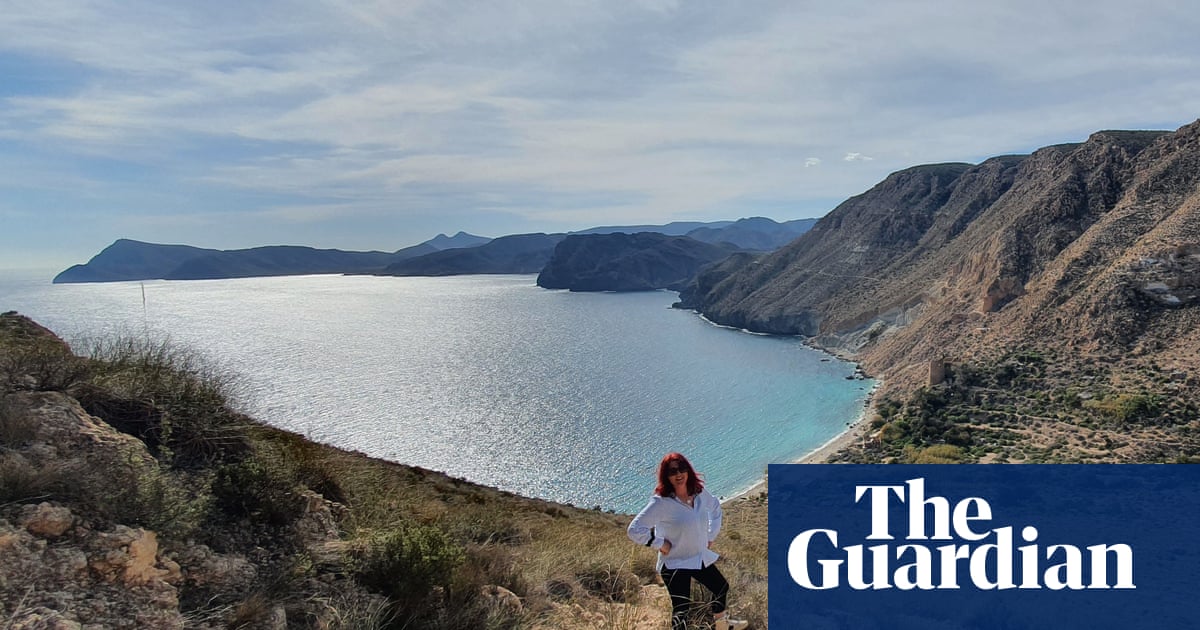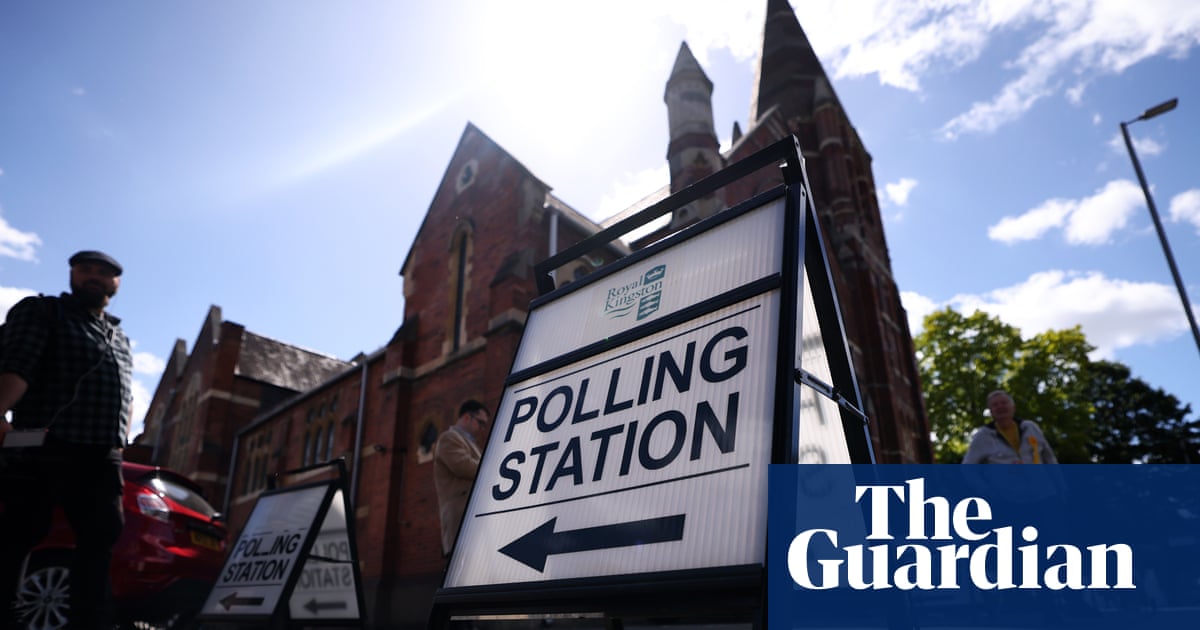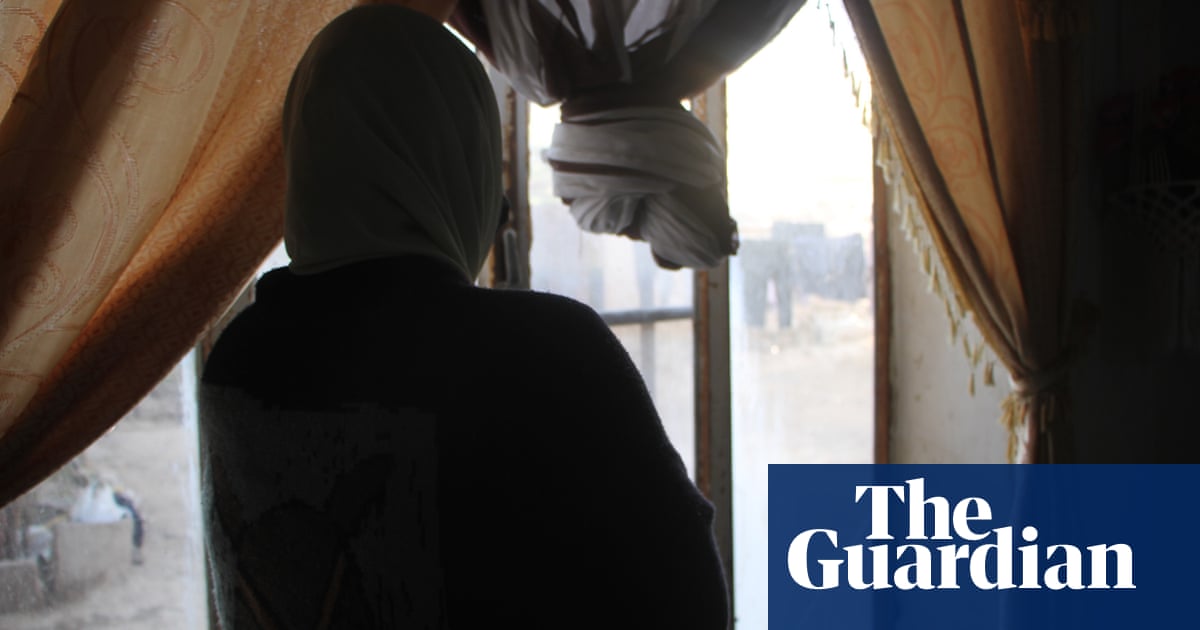In the choppy waters of the San Francisco Bay, on a windswept rock, lies a crumbling former federal prison that’s now at the center of Donald Trump’s latest real estate proposal: “REBUILD, AND OPEN ALCATRAZ!” he announced on Truth Social over the weekend, to “serve as a symbol of Law, Order and JUSTICE.”
On Monday, the day after Trump’s declaration, throngs of tourists queued up for the ferry at Fisherman’s Wharf to visit the island.
Reacting to Trump’s plan, Jonathan Perez, 20, a psychology student from Miami, was curt: “He’s insane.”
Standing inside the former prison cellhouse, Perez looks around horrified at the thought that the notorious prison could come suddenly back to life.
“He’s already shown his enthusiasm for mass incarceration as seen in El Salvador, and he had mentioned using Guantánamo Bay to imprison people,” said Perez. “I think it’s horrible. They abandoned the prison for a reason.”
Alcatraz is steeped in contradiction – a living symbol of punishing state power, Indigenous resistance and a space where tourists are encouraged to reflect on history, memory, and justice. The former prison is now a museum run by the National Park Service and is one of San Francisco’s most popular tourist destinations, with 1.4 million visitors a year. California officials have called the idea of reopening the prison, which has been shuttered since the 1960s, an absurd and unfeasible political distraction.
On the island, many visitors seemed to agree. “As tourists we’re a bit shocked with that news, considering how old it is and how long since it’s really been inhabited,” said Janelle Lawson, a tourist from Australia. “There’ll have to be a lot of money put into the infrastructure to be able to make it livable again.”
“Typical Donald Trump announcement,” chuckled her husband, Wally Lawson, a retired IT teacher. “I think it’s a bit of a stunt to get the media off the other decisions he’s made. There’s only so much a newspaper can print a day, so all the other stuff that’s going on doesn’t get as much coverage.”
Stepping off the ferry and on to Alcatraz island, Matti Oshri, 66, had a more favorable assessment. “Trump – he is the best,” said Oshri, who came up from LA to tour Alcatraz with her family who are visiting from Israel. She doesn’t know why he wants to transform the popular tourist attraction into a prison, but she believes he will follow through: “I think he’s gonna do it. He’s crazy, but good crazy.”
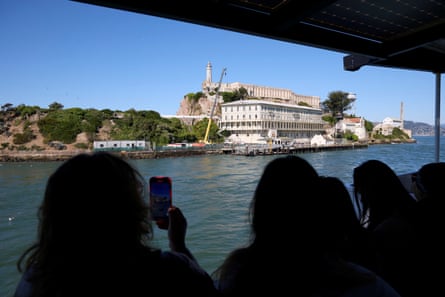
No one from the National Park Service, which operates Acatraz, was authorized to speak to the press, but exasperation was palpable among staff.
Two French couples from Toulouse who’ve been touring America’s national parks collectively shrugged, rolled their eyes, and said they didn’t think the proposal was serious.
“He’s marching backwards. Tomorrow, he’ll announce something else,” said Regina Jaquelle, a retired police officer, as her friends burst into laughter. “As a president, he is not credible.”
“This is just another load of bullshit,” added her husband, Eric Jacquelle. The two couples mocked the other property deals – from turning Gaza into a French Riviera to annexing Greenland, Panama and Canada – that Trump has mused about publicly.
‘Doubling down’ on a violent legacy
Alcatraz was closed in 1963 because it was three times more costly to operate than any other federal prison, according to the Federal Bureau of Prisons, in large part due to its island location and lack of amenities that meant everything from food to fresh water had to be brought in.
“With the state of our economy right now, if it was too expensive to run then, it’s definitely gonna be too expensive to run now,” said Tolu Ogundele, 22-year-old psychology student at Kennesaw state university in Georgia. She was excited to visit Alcatraz, but didn’t think much of Trump’s plan. “Honestly, he doesn’t have very many good ideas,” she added.
After its closure, the island took on a second life as a site of Indigenous resistance. In 1969 a group of Native American activists occupied Alcatraz, declaring it sovereign Indigenous land in an act of protest against broken treaties and systemic neglect. The 19-month occupation galvanized the modern Indigenous rights movement whose legacy endures today.
“I think it should remain what it is, a national monument,” said Jacqueline Kemokai, a retired nurse from Tampa, who was moved by that history. “They’ve taken so much of the past away already and there needs to be something left behind to keep our memories going,” said Kemokai.

It’s a history that’s alive and well for Morning Star Gali, a member of the Ajumawi band of Pit River Tribe. For the past 16 years, Gali has been organizing the largest Sunrise Ceremony in the US on Alcatraz. The events, hosted in November on Indigenous people’s day and Thanksgiving, attract thousands of people including members of over 300 tribes from across the US.
Turning Alcatraz back into a prison would end the sunrise ceremonies, said Gali, who has been attending them since she was a child and got her name, Morning Star, there. For her, Alcatraz is a sacred site of Indigenous resistance and resilience. “Reopening Alcatraz as a prison would not just be an act of historical erasure – it would be a declaration that this country is doubling down on its most violent legacies,” she told the Guardian by phone. “That’s where the first California Indian leaders were imprisoned, and that’s a history that’s still not widely shared,” she added.
“Everything is just shock and awe. It’s all part of the performance. It’s just clickbait,” agreed Louwegie McGill, a member of the Round Valley Indian tribe.
For McGill, Indigenous incarceration is not merely a thing of the past. He spent time inside the California state prison system and calls attention to the disproportionate rate at which Indigenous people are incarcerated. He now works as a reentry coordinator for Indigenous Justice helping incarcerated Indigenous people reenter society after serving time.
McGill, who goes out to Alcatraz six to eight times a year for the Sunrise ceremonies and to give history tours to students, thinks it’s unrealistic to rebuild the federal penitentiary there: “That place is decrepit, it’s broke down, it doesn’t’ work well.”
Gali has a different vision for its future: “I’d love to see it returned to the Indigenous peoples.”

.png) 3 hours ago
4
3 hours ago
4

